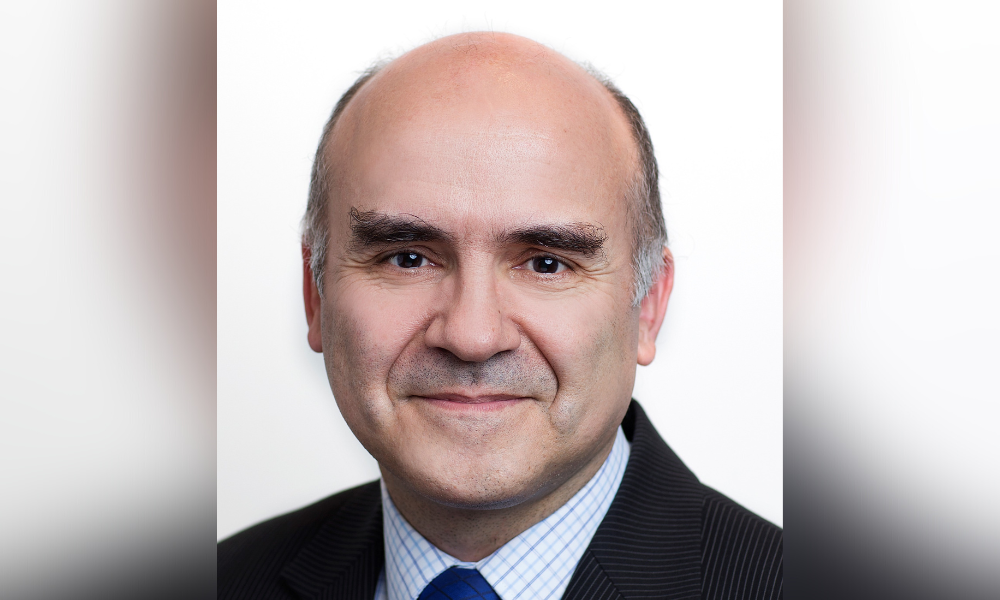Borrowers tipped to pursue better deals

The official cash rate is now 1.85%, following the Reserve Bank’s decision to raise it by 50 basis points.
The interest rate on exchange settlement balances has also increased by 50 basis points, to 1.75%.
Marking the fourth straight cash rate rise this year, Tuesday’s hike brings the cash rate target up 175 basis points since May - the fastest increase since 1994. The move signals that as with other central banks, the RBA is tightening policy at a faster pace to target unruly inflation, which reached 6.1% in the June 2022 quarter.
With mortgage rates continuing to trend upwards, exacerbated by cost-of-living pressures, Teachers Mutual Bank Limited said home loan deals would be a key focus for borrowers. Great Southern Bank said many borrowers would find the latest interest rate rise a challenge, when combined with higher inflation.
Read next: Inflation hits new high
Delivering the August monetary policy statement, RBA governor Philip Lowe said the board placed a high priority on returning inflation to its annual target of 2% to 3% over time, while keeping the economy on an “even keel”.
Noting inflation in Australia was at the highest point since the early 1990s, Lowe said while global pressures played a major role, domestic pressures were also at-play. Inflation is expected to peak later this year, before declining back towards the target range.
“There are widespread upward pressures on prices from strong demand, a tight labour market and capacity constraints in some sectors of the economy. The floods this year are also affecting some prices,” Lowe said.
The Australian economy is expected to grow strongly this year, with the pace of growth then slowing, Lowe said. The rate of unemployment has fallen to 3.5%, ABS data showing 88,400 more Australians were employed from May to June. Household spending continued to be a key source of uncertainty, he said.
“Higher inflation and higher interest rates are putting pressure on household budgets. Consumer confidence has also fallen and housing prices are declining in some markets after the large increases in recent years,” Lowe said.
On the other hand, people were finding jobs and increasing their hours of work, he said. Many households had built up large financial buffers, and the saving rate remained higher than pre-pandemic, Lowe said. The board would be watching how these factors balanced out as it continued to assess and set monetary policy.

Noting that the RBA’s decision to raise the cash rate was expected amid inflationary pressures within the economy, Teachers Mutual Bank head of treasury Jose Jalvo (pictured) said borrowers would continue to seek a better deal on their home loan.
As a mutual, Teachers Mutual Bank Limited works for its members and is committed to offering competitive rates on home loans, he said.
“We are acutely aware that as market conditions change, we need to adjust our rates to operate sustainably while continuing to provide value for all our members,” Jalvo said.
Commenting on households’ ability to manage interest rate rises, Teachers Mutual Bank Limited head of third party distribution Mark Middleton (pictured top left) said as a mutual, the bank was “committed to supporting and serving” all of its members through both good and challenging times.
Read more: Aggregators agree borrowers can handle rate rises
He said that the majority of the bank’s members maintain steady employment and work in high-demand sectors, including education, emergency and health.
“In recent years, we have seen strong inflows into our members’ savings with many taking advantage of what was a low interest rate environment which has positioned our members to manage interest rate increases,” Middleton said.
Many Teachers Mutual Bank Limited members took advantage of record-low interest rates by locking in a fixed rate, Middleton said. This gave them certainty during a period of uncertainty, dominated by COVID-19.
In contrast to the last two years, in line with the broader industry experience, new loan requests coming into Teachers Mutual are predominantly for variable rates, he said.
“Our borrowers are choosing our variable rate products available under both packaged (Your Way Plus) or basic variable rate and those seeking assurance with repayment stability are choosing locked via the fixed rate option,” Middleton said.
Higher inflation and rising interest rates are likely to drive a reassessment of lifestyle as borrowers direct a bigger chunk of their income to housing and living expenses.
It’s likely that many home loan customers will focus on getting a better deal, he said.
“My advice to mortgage brokers is to look at the value proposition customers are wanting – whether this is better service, better value or responsible lending and social responsibilities,” Middleton said.
“A strong relationship with lenders and a desire to help customers during these changing times will ensure mortgage brokers help clients through this period.”
Great Southern Bank head of broker and insurance partnerships Mat Patterson (pictured top right) said while the bank was still comfortable with the servicing buffer applied to home loan applications, there was no doubt many borrowers would be challenged by the rate increase alongside cost-of-living pressures.
Across all types of borrowers including first-home buyers, variable rate loans were by far the most popular, Patterson said.
He acknowledged that many brokers had already worked with their clients to prepare them for rate rises, including advising them to put more into savings to create a buffer.
“That’s also contributing to the big increase we’ve seen in the amount of money in offset home loans. If there is likely to be an issue around affordability, talking to the lender early on is also important,” Patterson said.
Given the possibility of further rate rises, if a customer has the ability to make additional payments now, Patterson said it’s worth them talking to their broker to reassess how the rising rate environment impacts their plans. This includes plans to invest in property, or around the serviceability of any mortgage borrowing, he said.
Noting Treasury forecasts were for inflation to peak at 7.75% at the end of the year, CreditorWatch chief economist Anneke Thompson (pictured top centre) said she expected the RBA to focus on trying to “break out” of supply side inflation, tailoring monetary policy accordingly.
Much of the inflation recorded over the June 2022 quarter was caused by supply-side issues: the war in Ukraine (fuel), and weather events (fruit and veggies), Thompson said.
Construction of new dwellings was another large contributor to inflation, driven by both demand and supply issues, she said.
“It could be argued that the forward demand issue here has already been resolved through falling house values and dramatically increased construction costs, which will deter buyers from starting new homes and renovations,” Thompson said.
She said inflation and interest rate rises continued to cloud the operating outlook for businesses.
“CreditorWatch’s June BRI probability of default (POD) data forecasts a significant one-percentage point rise in the rate of defaults by SMEs over the next year. Those businesses that are most reliant on discretionary spending (food and beverage and arts and entertainment) are the most at risk,” Thompson said.
While Australia’s inflation number is double that of the RBA’s inflation target range of 2% to 3%, Thompson said it remained below that of other western nations. This suggested that the RBA caught the cycle earlier than other central banks.
“Quarterly inflation was also lower than the March quarter (1.8% vs 2.1% in March), which means price rises at least aren’t gaining momentum,” Thompson said.
“While it’s highly likely that the cash rate will rise further, this assumes that supply-side issues can begin to resolve themselves. Unfortunately, luck and other factors outside the control of the RBA will tell the story there.”



